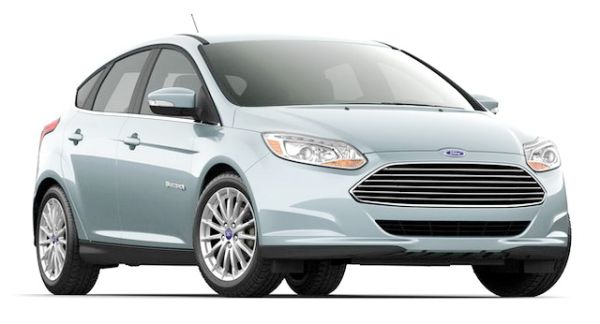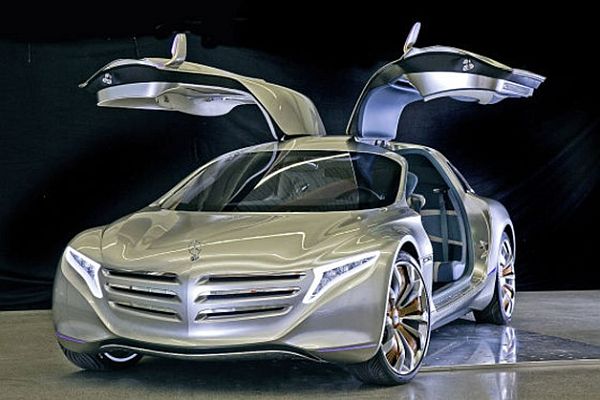
The demand for eco-friendly transportation has not only brought some changes in the automobile industry but in the aviation industry as well. With us getting busier with every passing day, the only way to save the precious hours that are wasted in traffic jams on highways is to follow the aerial route. Since aviation is often criticized for polluting the atmosphere, designers are following a greener approach to make your personal air travel clean and emission-free in the near future. Here is a list of 10 such electric aircrafts that you might fly in the future:
Puffin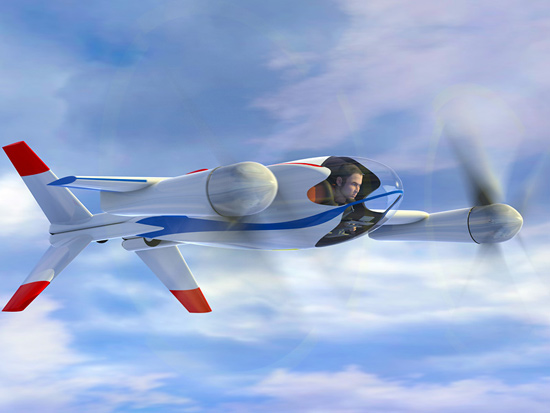
Designed by NASA aerospace engineer, the Puffin is an airplane concept that utilizes an electric engine for a zero-emission and a silent flight. The 3.7m long aircraft with a 4.4m wingspan can take off and land from a vertical position. The onboard electric engine will be able to propel the aircraft to a top speed of 241kph with a range of about 80km.
SkySpark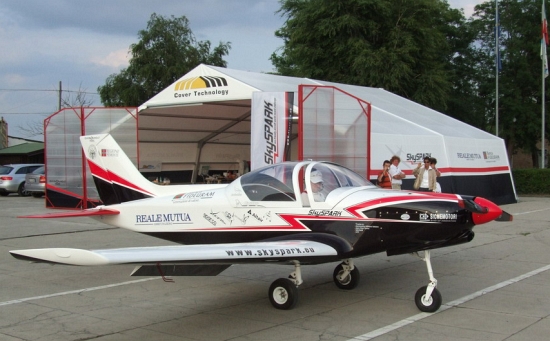
Dubbed as the world’s fastest electric airplane, the SkySpark can reach a top speed of 250kph. The airplane is a specially built Pioneer Alpi 300, which is now powered by a 75KW brushless electric motor fueled by an array of lithium-polymer batteries. The team behind the development is looking forward for better range and more speed using engine technology that runs on hydrogen fuel cells.
Yuneec E430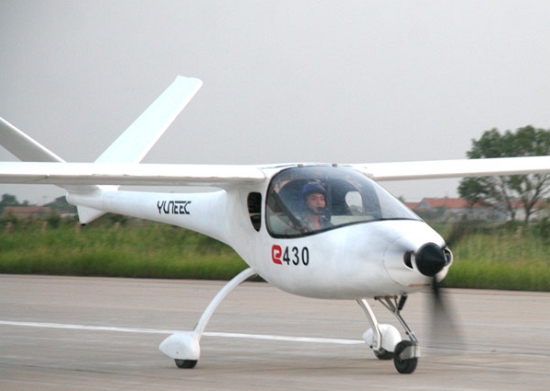
The Yuneec E430 is a twin-seat, single engine, LSA class aircraft that can be recharged from a domestic 230V power socket. With fully charged batteries, the aircraft can fly for two and a half hours. Costing just $89,000, the Yuneec E430 made its maiden flight in Shanghai and is reportedly silent and lacks vibrations. The zero-emission aircraft is powered by a 40KW motor, which is fueled by a 72kg lithium polymer battery pack.
University of Cambridge’s All-electric Airplane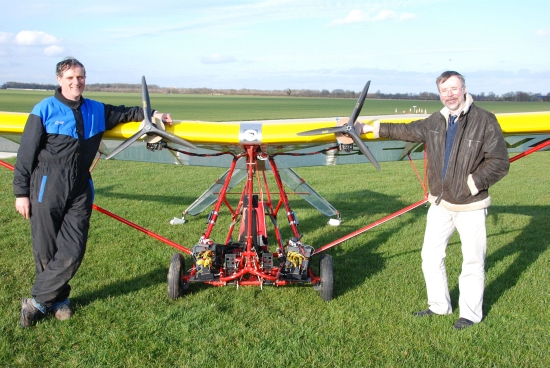
Built by the University of Cambridge, this fixed-wing aircraft is powered by ultra-light 10KW brushless electric motors, which are fueled by 12 lithium-polymer cells. The tests involved flying the plane for 30 minutes and reaching an altitude of 1,700 feet, which were completed successfully. The designers were also planning to bring a few changes in the overall design and the powerhouse of the plane, to enable it to fly continuously for two hours on a single charge, which can give the plane a range of about 100 miles.
Taurus Electro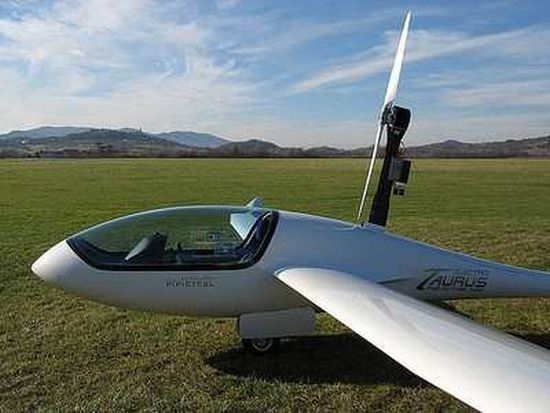
Boasting similar performance as gas-powered gliders, the Taurus Electro is powered entirely by electricity. The aircraft, built by Pipistrel, can take you to an altitude of 3300ft in 6 minutes and to 5000ft in 10 minutes after which the user can glide his way with ease. The Taurus Electro was the world’s first two-seat, self-launching electric motor glider.
Electraflyer
The Electraflyer-C is powered by two custom lithium polymer 5.6KW battery packs that weigh 78 pounds. The designers believe that the aircraft can be charged to full capacity by spending just 75 cents worth of electrical power. The batteries are also recharged midair by a regenerative drive when the propeller is wind milling.
Sunseeker II
Developed by Solar Flight, the Sunseeker II has been developed after carefully examining the technical aspects of Sunseeker I and looking for ways the design could be improved for better performance. The improvements came in the form of a new wing design, better photovoltaic panels, more powerful motor and a better lithium-polymer battery system. The aircraft is expected to have a better operating range and speed because of its lightweight construction and the ability to charge onboard batteries midair with its onboard solar array.
Bubble Plane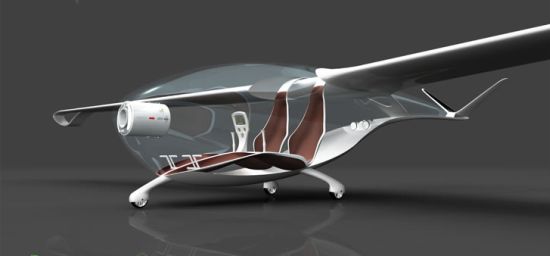
The Bubble Plane is a concept by Roland Cernat from the University of Applied Sciences Schwäbisch Gmünd / Germany. Once in the air the Bubble Plane can travel without consuming any fuel. It can also tuck away its tiny propellers to better the aerodynamic properties. However, when an extra boost is need, the glider’s propellers unfurl and are driven by a small electric motor that is either powered by an on-board generator or by thin film solar panels on the plane’s wings and tail.
Hydrogenius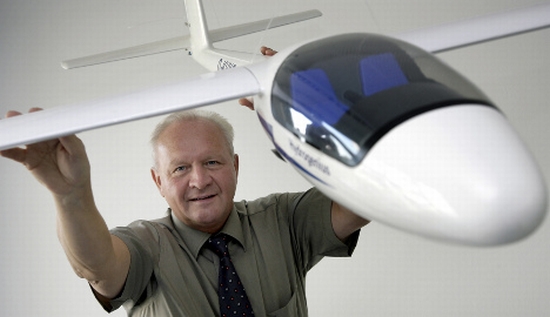
Engineers at the University of Stuttgart’s Institute of Aircraft Design have been working on an all-electric aircraft that will be powered by hydrogen fuel cells. Dubbed Hydrogenius, the aircraft will be equipped with a lithium battery and electric motor, which will use the power from the aircraft’s onboard hydrogen fuel cell system.
Solar Impulse
The Solar Impulse is presently the most talked about electric aircraft that runs on clean energy harvested by onboard solar panels. The aircraft comes with the wingspan of an Airbus A340 (63.40m), the weight of a car (1,600kg) and the engine power of a scooter (40CV). With 11,628 solar cells installed on its giant wingspan, the aircraft is expected to remain in the air for 36 hours without an additional recharge.



